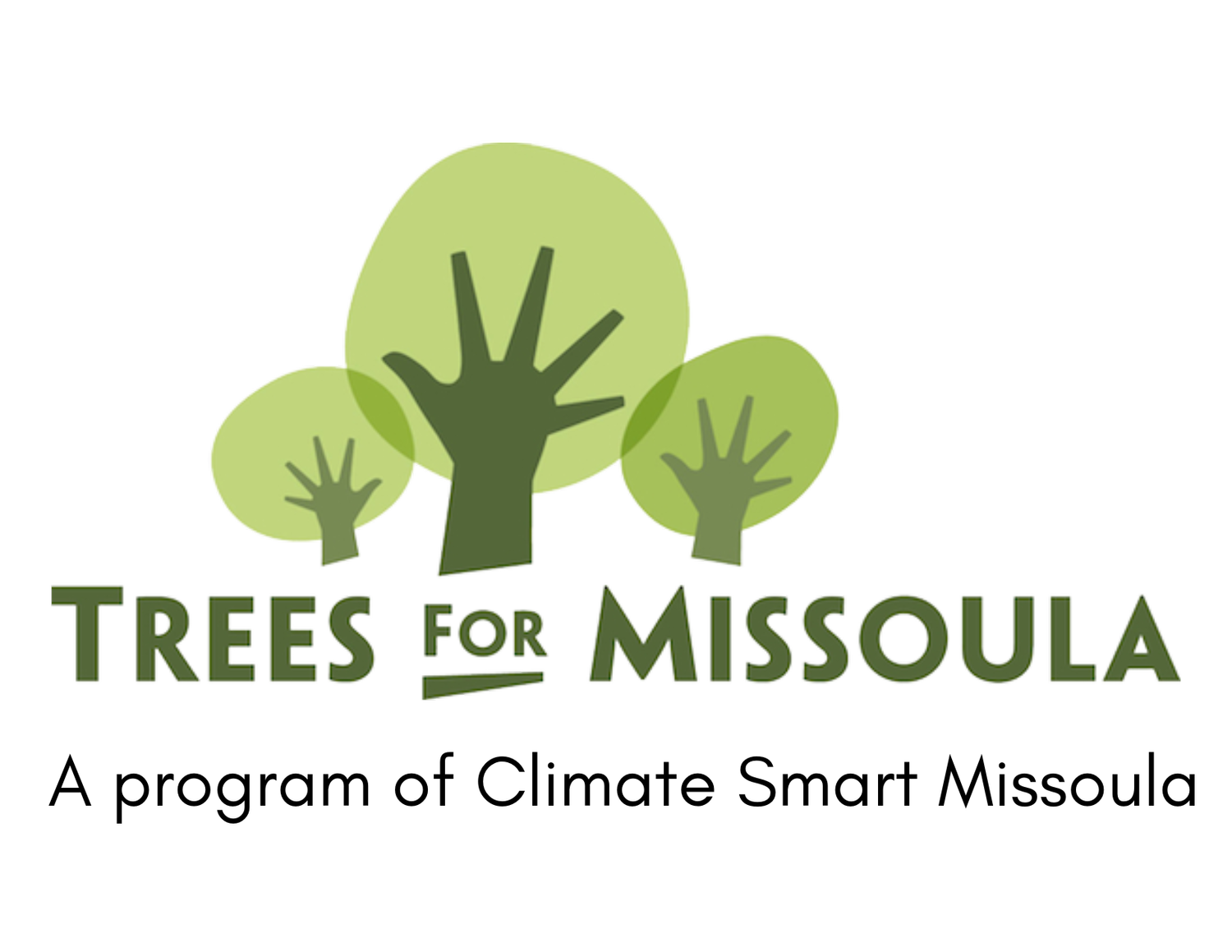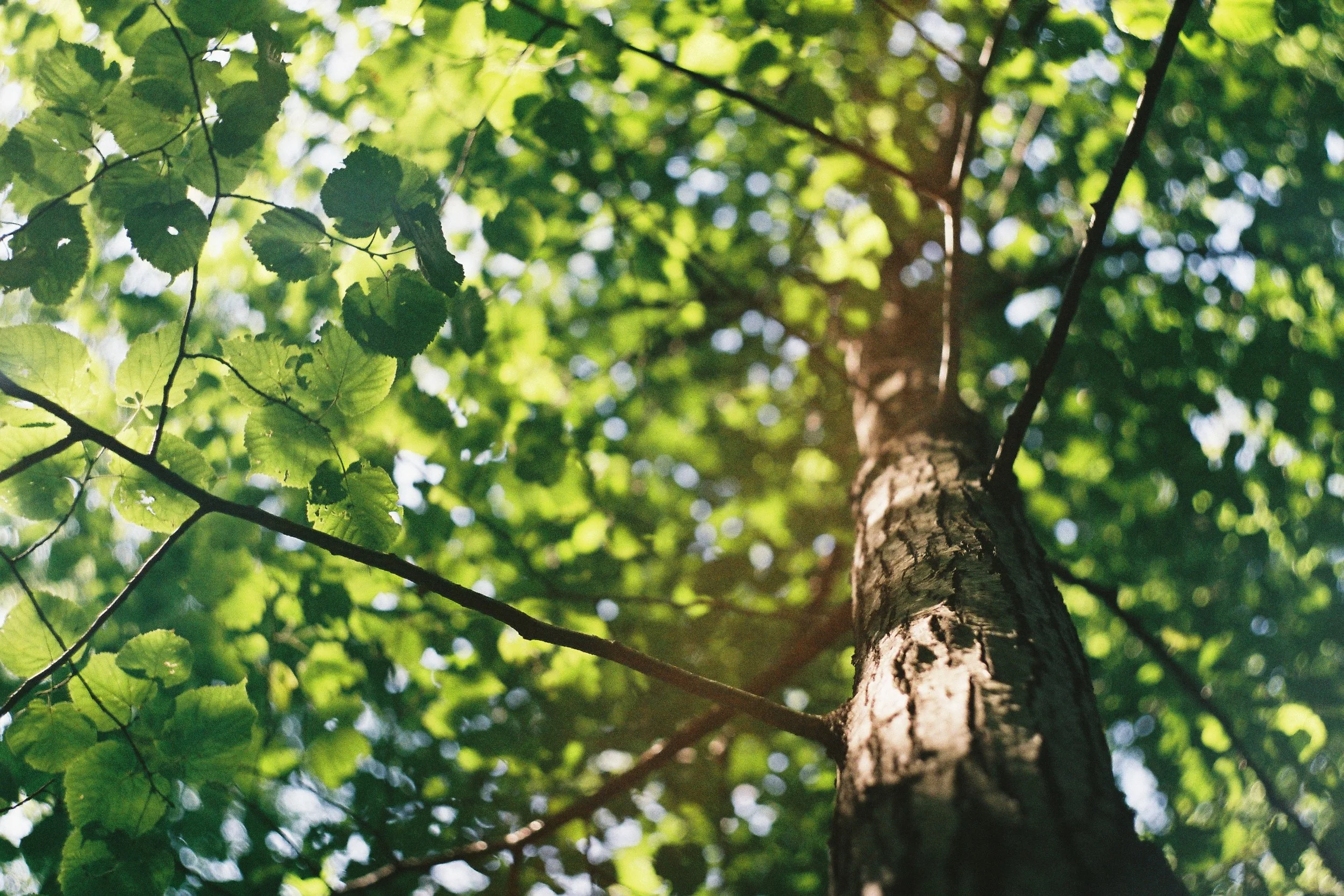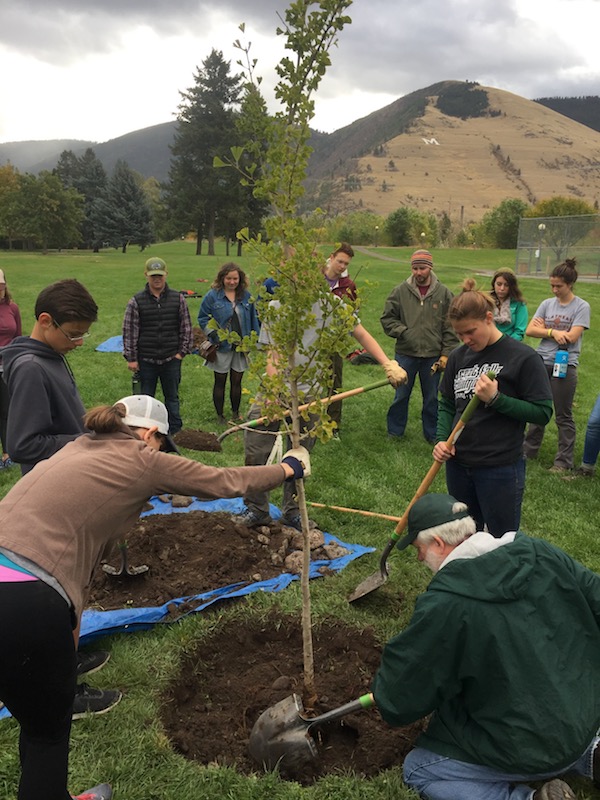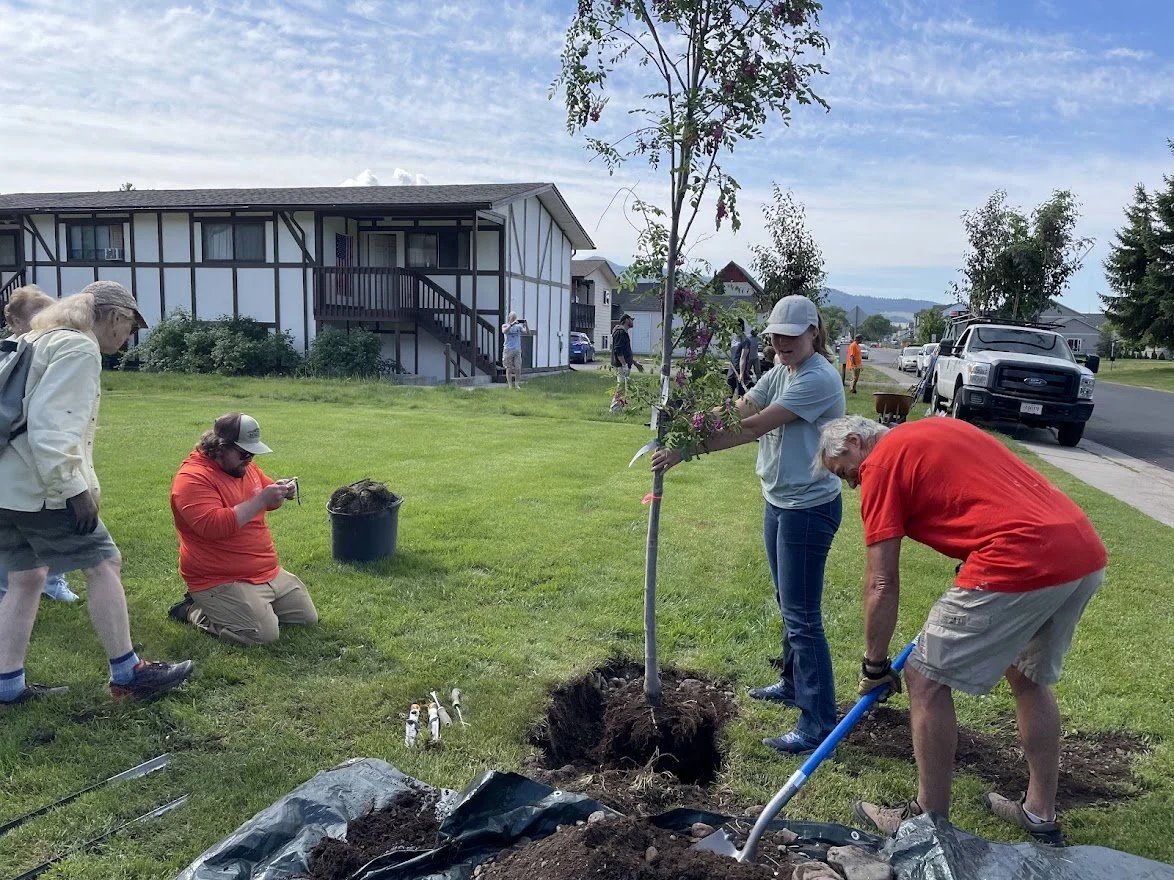Planning for Planting
Before you plant a tree, there are a few things to consider:
The Right Tree in the Right PlacE
What makes a tree right/suitable/appropriate? A few things must be taken into consideration when choosing the best tree for you and your planting location.
WHAT TYPE OF TREE SHOULD i PLANT TO SURVIVE Missoula’s climate?
Missoula’s climate is classified as semi-arid with an average rainfall of only 14” of precipitation per year, and most landscape trees require an average of 25-35”. These very dry conditions cause large summer temperature variations and allow early and late hard frosts to occur, which can damage or kill many species of trees. The cyclical low temperatures of -20 to -25 F places Missoula in USDA Plant Hardiness Zone 4b.
With conditions changing due to climate impacts, it’s important to select species that are adaptable as Missoula becomes warmer. Check out our working list of climate resilient tree species below! For a longer list of street trees appropriate for Missoula, check out the City of Missoula’s Approved Street Tree List.
CLIMATE RESILIENT TREE SPECIES SUGGESTIONS FOR MISSOULA
Heat tolerance: Sensation Boxelder (Acer negundo), New Horizon Elm (Ulmus davidiana), Honeylocust (Gleditsia triacanthos)
Drought tolerance: Gambel oak (Quercus gambeii), Hackberry (Celtis occidentalis), Ponderosa pine (Pinus ponderosa), Doug Fir (Pseudotsuga menziesii), Sensation Boxelder (Acer negundo), Honeylocust (Gleditsia triacanthos)
Pest/pathogen resistance: American Linden (Tilia americana), Bur Oak (Quercus macrocarpa), Swamp white oak (Quercus bicolor)
Shade: Northern red oak (Quercus rubra), Sugar maple (Acer saccharum), New Horizon Elm (Ulmus davidiana), Purple Catalpa (Catalpa speciosa), Horse Chestnut / Northern buckeye (Aesculus glabra)
Native: Ponderosa pine (Pinus ponderosa), Bur Oak (Quercus macrocarpa) , Chokecherry (Prunus virginiana), Serviceberry (Amelanchier alnifolia)
Why do you want to plant a tree?
Aesthetics: Trees soften our built environment and make our spaces more pleasant. Looking for flowers? Fall color? Interesting bark? Particular shape? Deciduous or coniferous?
Shade: Trees cool our space. Do you need shade where you like to sit, relax or entertain? Does your house need shade from the harsh summer sun?
Windbreak: Deciduous and coniferous trees provide protection from wind all year long. Does an area or building need protection from the wind?
Visual Pollution: Trees provide a natural, living screen. Do you have a feature you need to conceal? Do you have a view you would like to block out? Do you need privacy?
Noise Pollution: Trees dampen the sounds created by living in an urban environment. Are there busy streets or businesses nearby? Are you in a densely populated area?
Where do you want to plant a tree?
Do your research before you purchase a tree.
What is the mature size of the tree?
Height: Are there any overhead utility lines?
Width: Will the tree have room to spread without interfering with buildings or other trees?
Depth: Are there any underground utilities? Call 811 whenever you dig!
Each of these factors will help determine what size tree you should plant.
How much sunlight will the tree receive?
On a sunny day, observe your proposed planting location. How many hours of direct sunlight will your tree receive?
Full Sun = 6 or more hours a day
Part Sun/Part Shade = 2-5 hours a day
Full Shade = Less than one hour a day or dappled sunlight
Most trees grow best in full sun. However, if you have some shade, look for appropriate species and varieties that will do well in that location.
Will the tree receive water?
All trees need water, especially while they are getting established during their first years in the ground. How will your tree be watered?
Automatic Irrigation?
Slow-drip/Soaker/Sprinkler Hoses?
Sprinkler?
Buckets?
Even “drought-tolerant” trees thrive better with consistent water, and all urban trees need supplemental watering during our hottest and driest months – typically July, August and September.
For more information about how to water efficiently and effectively, click here.
Is there enough healthy soil to support the tree?
Trees not only rely on sunlight and CO2 for life, they also rely on what the soil provides.
What makes soil “healthy”?
Minerals and Nutrients
Organic Matter
Air
Water
Are you replacing a plant/tree that did not do well in the same location? Consider having your soil tested.
How does compacted soil affect a tree’s growth?
Often where there is new construction, the soil is usually compacted, rarely healthy and needs to be amended and/or healthy soil brought in. Compaction restricts the root growth and the flow of necessary air and water vital for tree health.
How does the soil drain?
If your planting area drains slowly, there may be a high clay content or it could be a sign of compaction. Some tree species prefer wet sites, but some thrive in well-drained locations. Be sure to choose a tree species that can handle the moisture content of your soil.



